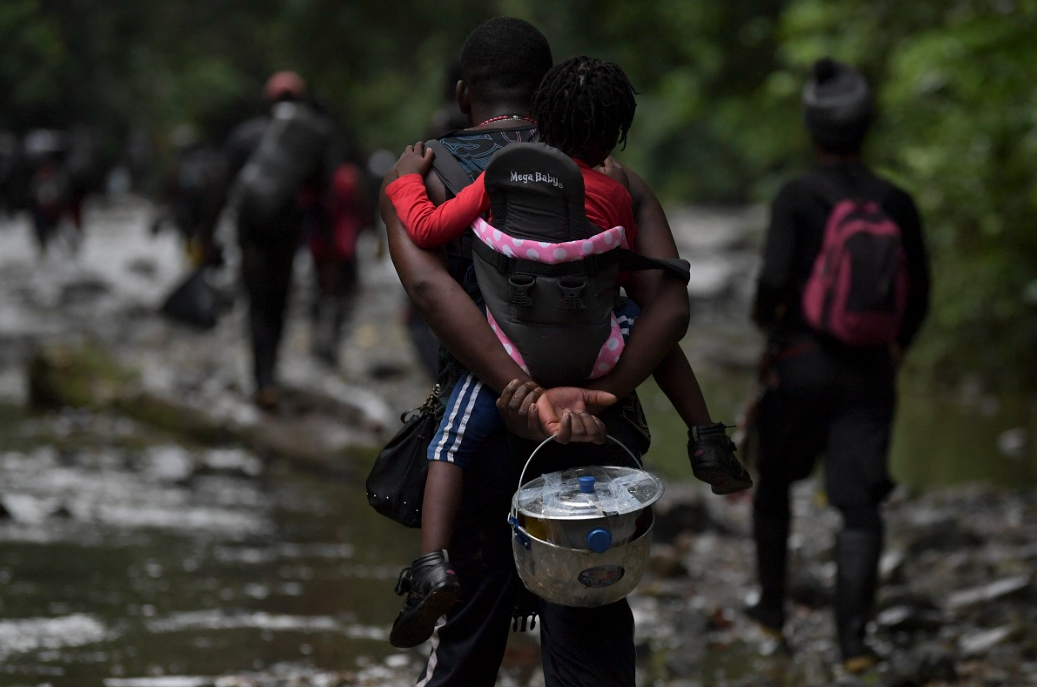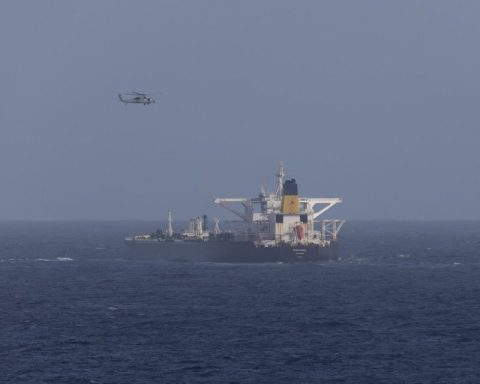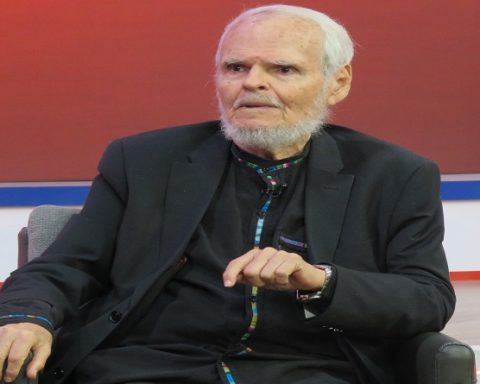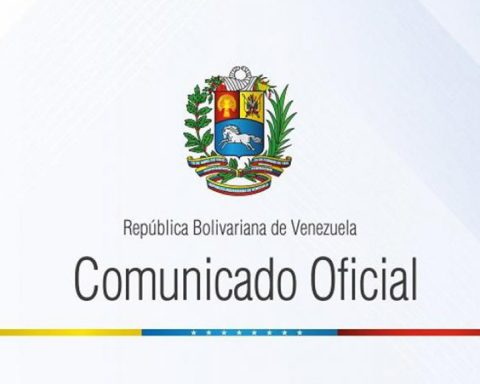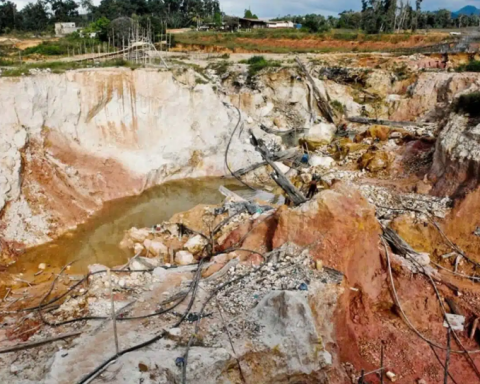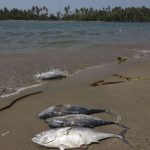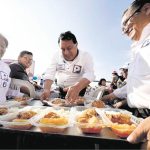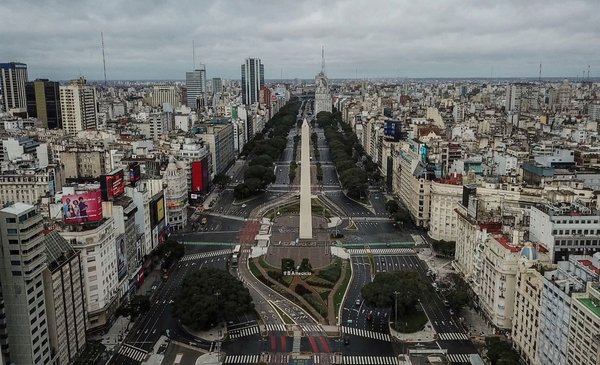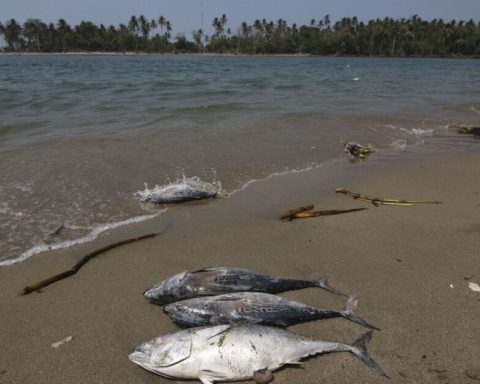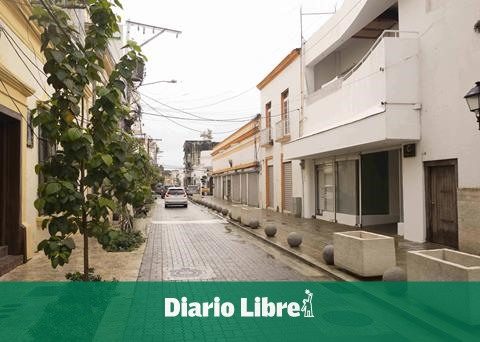
Millions of migrants of different nationalities undertake one of the most dangerous and impassable journeys on the South American side, the Darién jungle, although this is only the beginning of the Dantean danger that people who want to reach the United States will face.
The Darién Gap is a vegetable lung extended on the borders between Panama and Colombia. This place is cataloged by experts as an impenetrable jungle, in addition, it is considered one of the most biodiverse places in the world. Even so, despite the dense vegetation that makes it up, it has become an irregular passage for both migrants and organized crime.
Currently irregular migration is a reality, in fact, the phenomenon experienced by the Darién Gap is not new, it dates back approximately 12 years, he recalled. santiago peaceHead of Mission of the International Organization for Migration (IOM) in Panama, in an interview with The National.
in 2021 entered the country through the Darien jungle close to 134,000 people of different nationalities, with Haitians crossing the most, many of whom had lived in Chile and Brazil since the 2010 Haiti earthquake. That number exceeded the number of the last 11 years combined.
Irregular migration will continue to rise
So far in 2022, almost 14,000 people have crossed the jungle; in this first trimester are the Venezuelans who occupy the first place, according to official data from the Panamanian government, which also provided the IOM a The National. The total death toll is unknown. At the time of this publication, no humanitarian or government agency has responded.
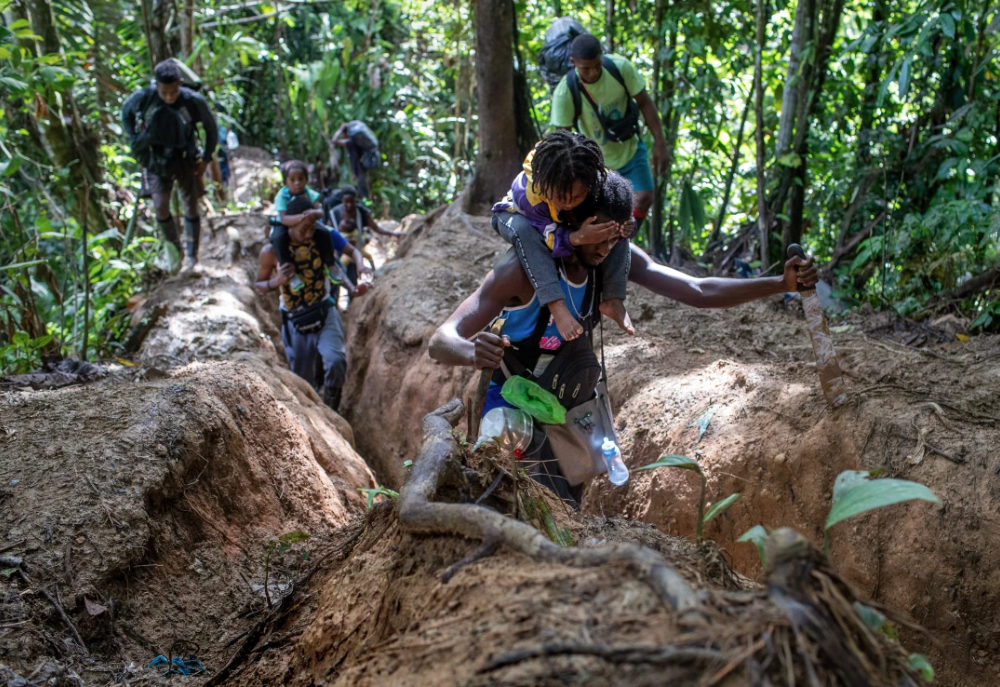
During the interview for this medium, Paz was asked whether or not irregular migration in Darien could be controlled. He affirmed that this organization, together with the Panamanian authorities, seeks to manage it, not stop it.
He even asserted that the migratory phenomenon is not going to stop by “closing borders.” In cooperation with host countries and the implementation of public policies (based on migration), international organizations will be able to “face this reality,” he said.
“We seek to identify what the causes of migration may be and from there start and work on a regional response to finally establish what the regular migration routes may be,” Paz said.
Among the mechanisms that have already been used are family reunification, assisted voluntary return and temporary labor migration, among others.
The migrants who cross the Darién not only come from Latin America, but also Africa and Asia. Many of these people do not actually leave their countries of origin but rather the countries that welcomed them, either because they previously experienced a humanitarian crisis, a war, a natural event or simply seek quality of life.
Migratory routes changed in the Darién
In 2021, the migrants arrived in the indigenous community of Bajo Chiquito after walking for days through the deadly Darién jungle, while others made the four-hour route in canoes. But in January 2022 they began to arrive in Canamembrillo, a small town near the Colombian border, supposedly safer.
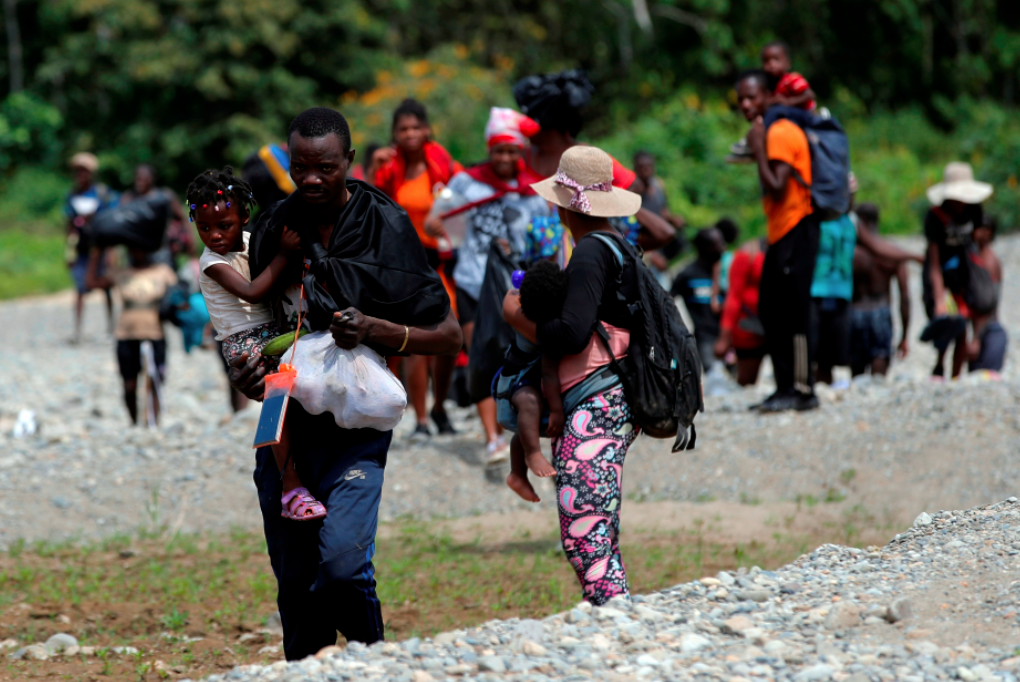
in conversation with The NationalHelmer Charris, coordinator of Doctors without borders (MSF) in Panama, said that between December and January it was evident that cases of systematic violence had decreased, but it was only for a short time. In February there was no longer a route preference, when reaching both the danger is imminent.
“When they are walking through the jungle (the migrants) they find a group of hooded people (organized crime) who threaten them with weapons, force them to throw themselves on the ground and if someone (the victim) resists, these people can become very violent. They take everything of value, even their shoes,” he said.
Charris has been in the humanitarian medical organization for 11 years and since April 2021 he has been in the Darién community, in Metetí, where IOM, Unicef, Panama Red Cross, Hyas and MSF provide support to the crisis in that Panamanian province after the migratory wave.
Crossing the Darién Gap could take migrants about seven days, everything will depend on the physical conditions in which they are.

Victim girls and adolescents in the Darién jungle
In San Vicente (Metetí), MSF has a station that it shares with the Red Cross that serves to provide support to injured migrants or even to help women and girls who have been sexually abused. This is a fact from which they will hardly be able to escape and for the organization it is essential that the victims receive help as soon as possible.
About 80% of the migrants who cross the thick jungle of the Darién are exposed not only to the dangers of the territory’s orography but also to systematic robberies, physical and sexual violations, kidnappings and human trafficking.
In addition to the physical dangers to which migrants are exposed during the perilous journey, torrential rains cause sudden flooding of rivers, often causing migrants to drown en route, leaving dead bodies in their wake.
“Patients who have come to our clinic suffer from post-traumatic stress, anxiety and panic disorders generated by the events they experienced, rape or robbery to which they were subjected,” Charris said.
Women raped even with weapons
Between April 2021 and March of this year, 396 cases of sexual abuse have been registered in the Darien jungle, 58 are underage girls, according to MSF data. This figure may be higher. In 2022 alone, the agency has reported 68 cases of women, girls and adolescents, between 9 and 17 years of age, raped, even with the same firearms.
Last year, most of the women and girls affected were Haitian nationals, but today most of the victims are Venezuelan.
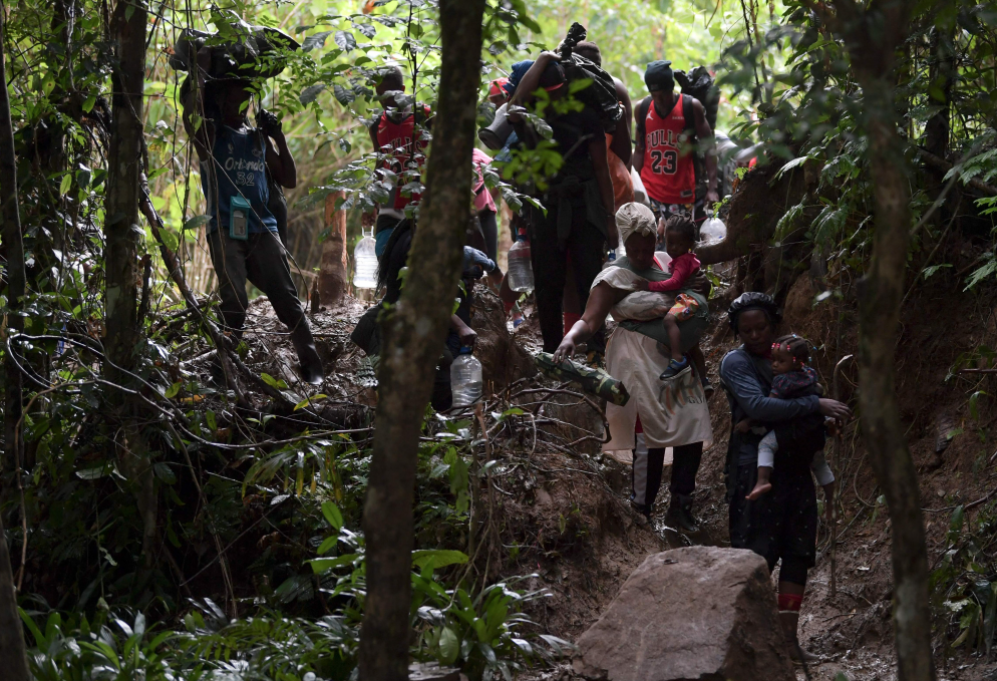
“In March a group of 24 women arrived. Some of them were subjected to humiliating treatment. They were stripped naked, beaten, thrown to the ground and sexually and psychologically abused, even with weapons. The urgency for us is to help them in less than 72 hours to be able to provide them with the necessary protection, and thus avoid the consequences that an abuse of this type generates, “said Charris.
Historically, the province of Darién has lacked resources, so its population is vulnerable and with the displacement of migrants, the area requires much more support.
The coronavirus pandemic everything changed, but the only thing that remained the same was irregular migration. With the borders closed due to the same health crisis that caused the disease, individuals and entire families continued to plan their trips. Latinos, Africans and Asians embark daily on the Darién route.

The goal of migrants: to reach the United States
In February, the same Colombian Foreign Minister, Marta Lucía Ramírez, during a Permanent Council of the Organization of American States warned that his country It does not have the capacity to continue assimilating migrants and refugees, and for this reason he advocated greater support from the OAS and from the governments of the region.
«Today migration has a name: Venezuela, but in the region there are also other migratory flows, such as that of Haiti. The region has to take coordinated measures to respond », he expressed then.
In it case of the venezuelan exodusLast year, 108,510 Venezuelans arrived at the southern border of the United States that borders Mexico, of those 25,000 in December, many of them left from Colombia, Ecuador, Peru and Chile, according to data from the United States Customs and Border Protection Service. (CBP, in English).
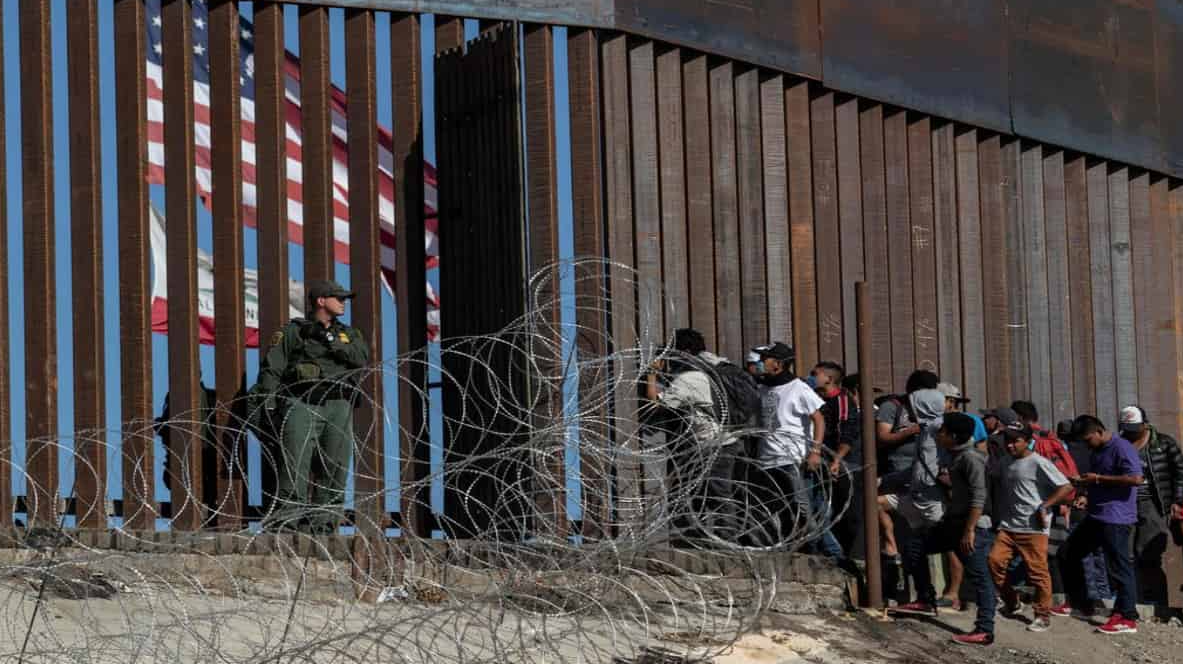
MSF has had several medical teams distributed along the migratory routes of Honduras, Guatemala and along the northern and southern borders of Mexico. This last crossing becomes equal to or more dangerous than the Darien. Here, according to the organization, after testimonies of migrants, torture, sexual violations and human trafficking and other Dantesque acts by organized crime on the Mexican side have been evidenced.
For this reason, MSF, alarmed by what was happening on the Mexican borders, decided to create the Comprehensive Care Center in Mexico City, which aims to help the most complex cases. For example, migrants who were victims of trafficking, coyotetorture or kidnappings terribly affected by what they experienced are transferred to this center to receive more specialized help.
